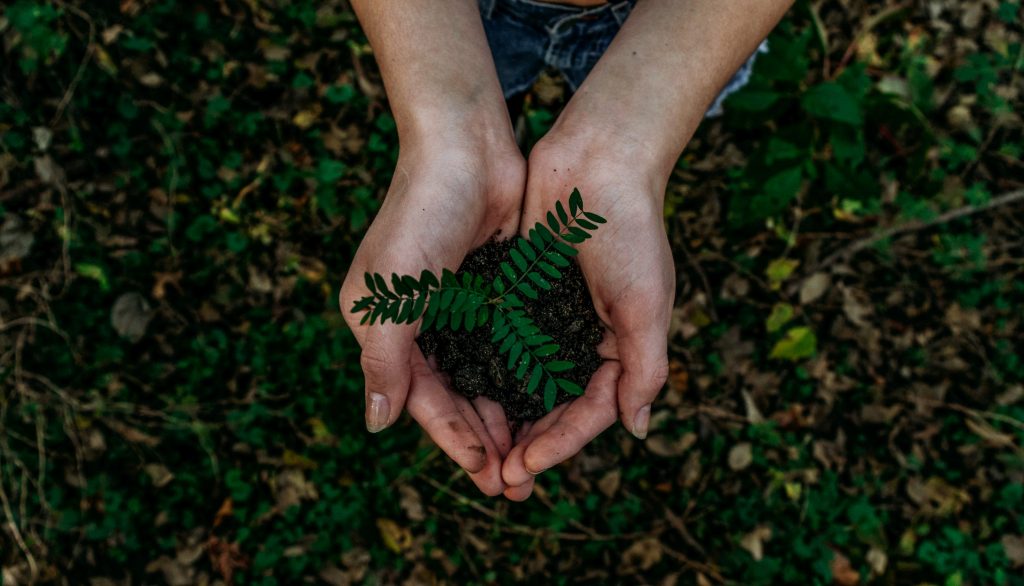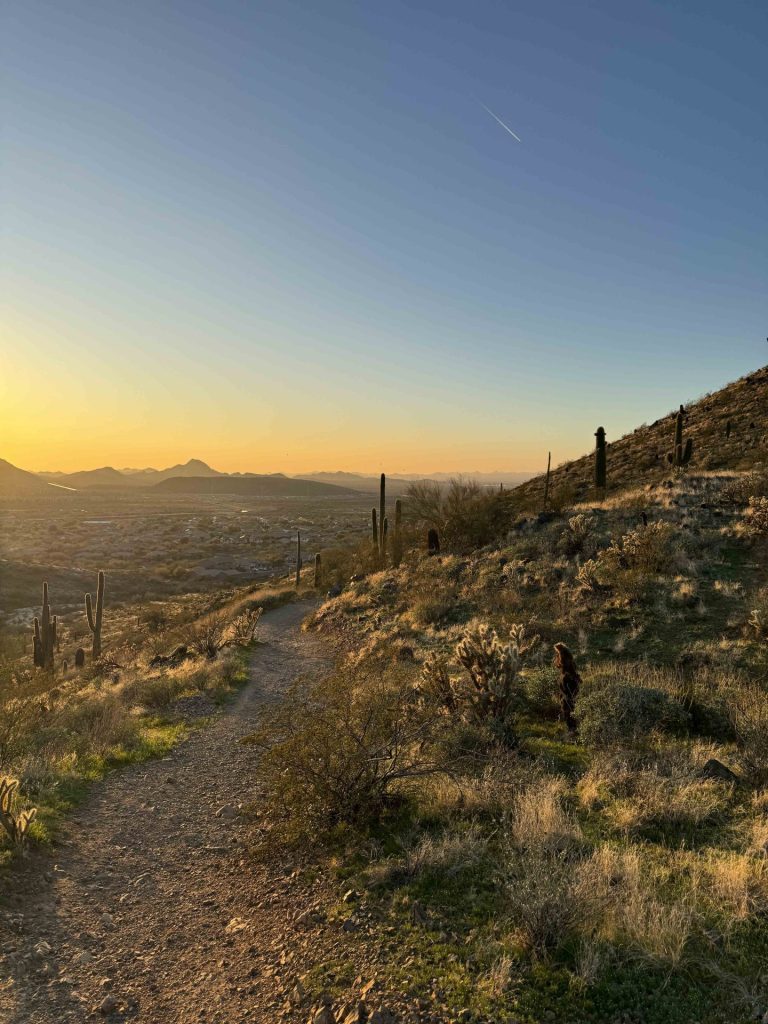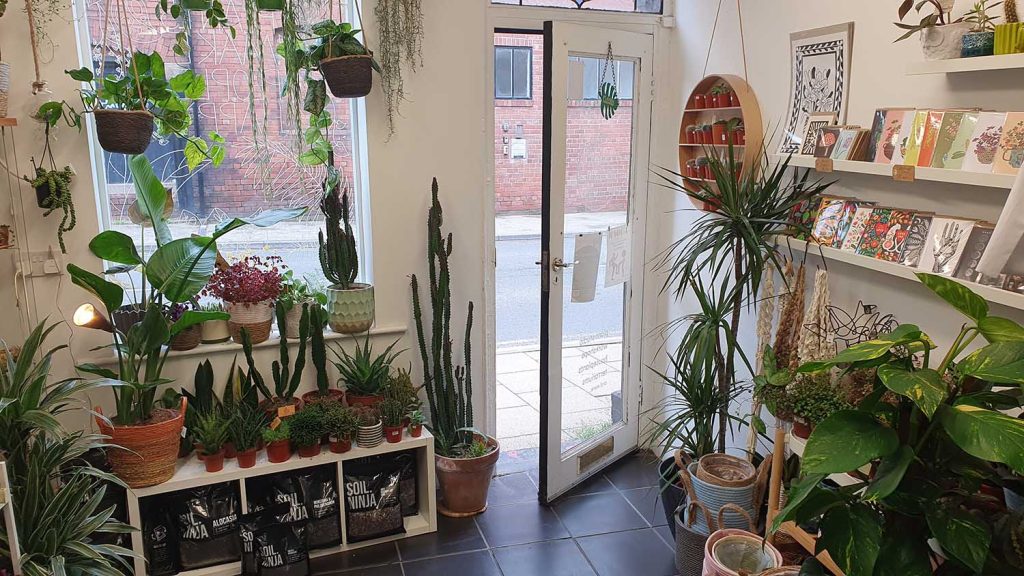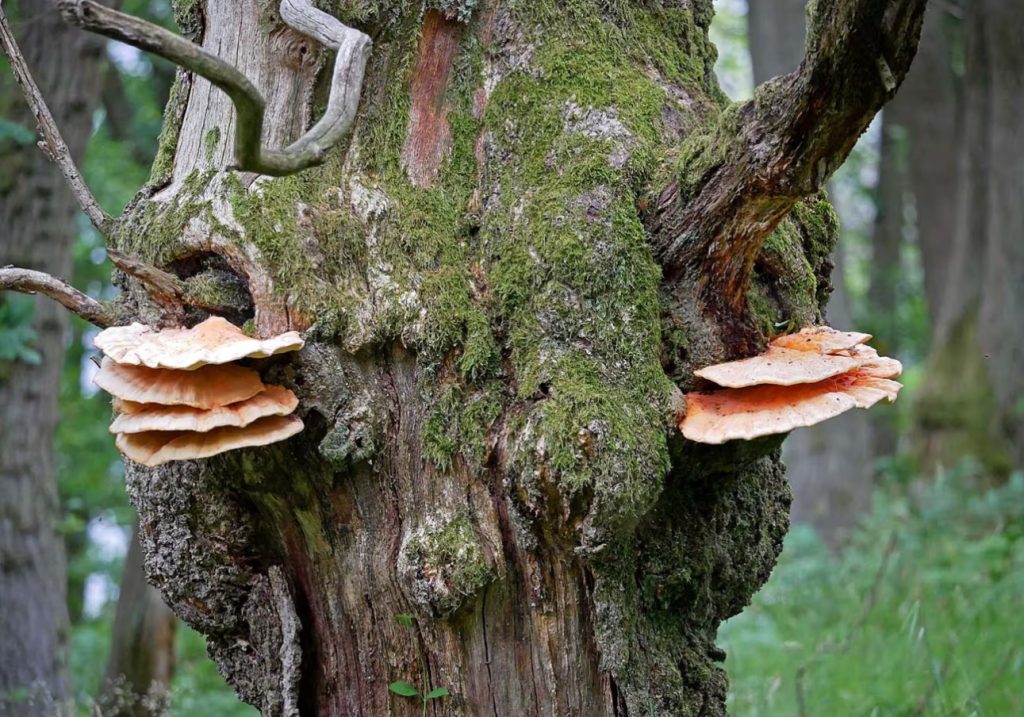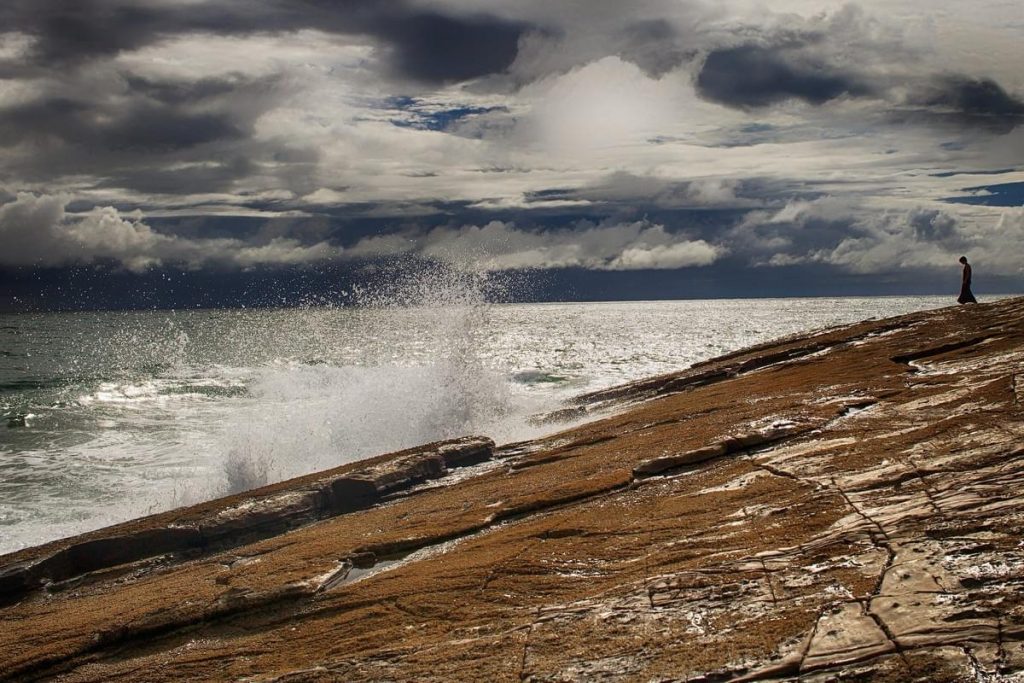How to build a bog
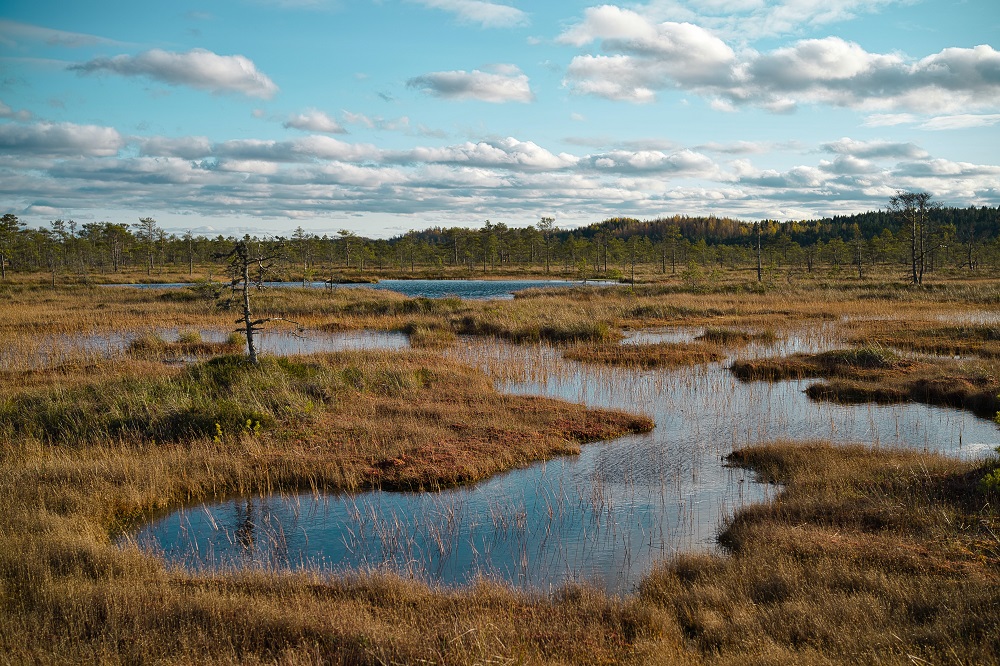
Step 1: Take a lake. Surround it with plant life, like reeds or pine forest. The plants will thrive there, so close to the water. They will drink from the lake and nod their heads and dip in their toes. One day, they will die and give their bodies back to the water that built them.
As he approaches the bog – spots the transition from dry land to sodden earth – he understands that people behave in the same way. If we are lucky, we find the person we want to stand beside and draw our nourishment from. We cohabit. Day by day, we live our lives beside each other and vow, with a chill and a comfort, to do so till death do us part.
Step 2: Allow hundreds of years to pass. Over this time, the dying plants will fill the lake and decompose – incompletely – into peat. The water will soak into this new earth; a few pools, known as fens, may remain. Mosses will grow on the surface of the peat. The ground will swell with water and mulch until it stands, in a dome, higher than the surrounding land. Insects and frogs and birds will move in and make the bog their home.
He knows he is in the bog proper when he feels the land begin to rise. The ground is soft and welcoming beneath his feet. He knows this bog, knows exactly where not to tread, which tender spots to avoid. The formation of a bog is driven by death, but it is actually a birth. It can be so easily compared to the swelling of a stomach, the growth of small life fed by the weight of sacrifices it is built on.
Step 3: Watch as the growing bog engulfs the things that live here. Perhaps there are trees that grew during drier times; see how they drown and sink. Perhaps there are grasses that once fed grazing livestock; see how they are given to an eternity of not-rot in the waterlogged acidity of the bog. Perhaps a person, wrapped in animal skins, crossing the bog to reach her hut, falls in; see how she does not come out again.
Ahead is a small glassy pool. Next to it, a bright orange tube, three feet high, with markers to show the level of the water table beneath the bog’s surface. He takes out his notebook and pencil, crouches to take the reading. Life is given to grow a bog; life is given to raise a child. As are many other things – time, money, effort, love. Until one day you look into the eyes of the person you have stood next to, day after day, and realise that neither of you has anything left to give the other.
Step 4: Cut the bog. The turf, sliced into bricks and laid out in the sun, is perfect for throwing on a fire. If you want to take the land back, you may dig channels and drain it, make it useful to you again. Plant trees – they will destroy the bog beneath, but at least you will feel like you are doing something good. There are so many things that can be done with a bog that do not involve leaving it alone.
The readings are fine; the water table is at the right level to allow peat to form from the sphagnum moss, which he oversaw the planting of a year and a half ago, and which has recovered quickly after it was lost to cutting. It is very human to use the things that are useful to us, and to be shocked when we use them up. The same can happen to a marriage, even when there is a child – a daughter, with an infectious laugh and a cute little toddle that she picked up just when he was planting the moss. Eventually fighting for a marriage simply becomes fighting, and that can only hurt more. The thing to do is to recognise when you have gone too far and pull back, while there’s still something to save.
Step 5: Realise your mistakes. To save the bog, it is not enough now simply to leave it alone; you must take an active part in undoing the damage you have caused. Fence off the land to protect it from your grazing animals. Cut down and uproot the invasive species you have introduced. Fill in the drainage channels and let the water return. The bog will recover, and it will be useful to you in a slower, less direct way, but in a way that comes more naturally to it.
He turns away from the orange tube and continues deeper into the bog, eyes scanning for damaging saplings that he will root out now, before they become a problem. This bog is his to protect, just like the house where he lives with his wife and daughter. He has come close to losing both of these homes, but the bog is bouncing back, so maybe his other home can too – if he applies the same care and attention.
And if he does fail there, fails to give his daughter the uninterrupted security of a house with a roof and two parents living beneath it, at least he can be part of giving her a greater home instead. One with the sky for its roof, healthy peat for its floor, and a whole world of people living inside it, breathing clean air.


